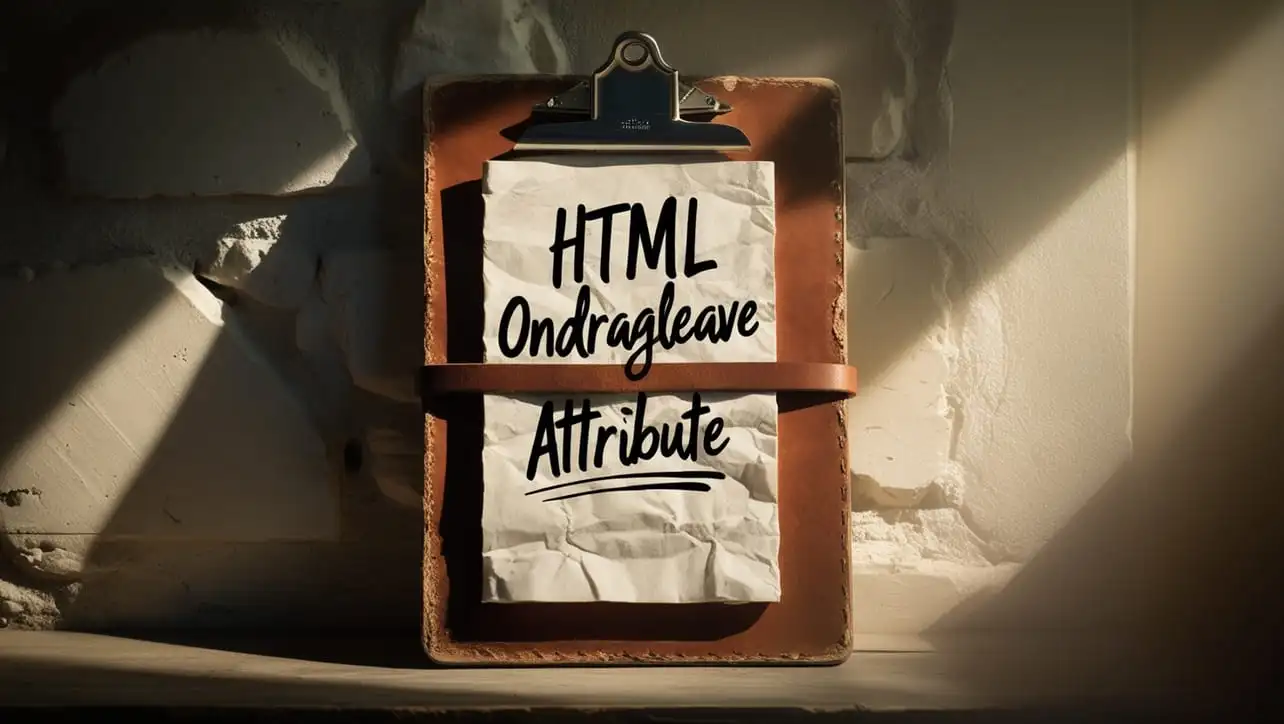
HTML Topics
- HTML Intro
- HTML Basic
- HTML Editors
- HTML CSS
- HTML Tags
- HTML Deprecated Tags
- HTML Events
- HTML Event Attributes
- HTML Global Attributes
- HTML Attributes
- abbr
- accept
- accept-charset
- accesskey
- action
- align
- alt
- archive
- as
- async
- autocapitalize
- autocomplete
- autofocus
- autoplay
- axis
- bgcolor
- border
- cellpadding
- cellspacing
- char
- charoff
- charset
- checked
- cite
- class
- classid
- codebase
- codetype
- color
- cols
- colspan
- compact
- content
- contenteditable
- controls
- coords
- crossorigin
- data
- data-*
- datetime
- declare
- default
- defer
- dir
- dirname
- disabled
- download
- draggable
- enctype
- enterkeyhint
- for
- form
- formaction
- formenctype
- formmethod
- formnovalidate
- formtarget
- frame
- frameborder
- frameset
- headers
- height
- hidden
- high
- href
- hreflang
- hspace
- http-equiv
- id
- inert
- inputmode
- ismap
- kind
- label
- lang
- list
- loop
- low
- max
- maxlength
- media
- method
- min
- multiple
- muted
- name
- novalidate
- onabort
- onafterprint
- onbeforeprint
- onbeforeunload
- onblur
- oncanplay
- oncanplaythrough
- onchange
- onclick
- oncontextmenu
- oncopy
- oncuechange
- oncut
- ondblclick
- ondrag
- ondragend
- ondragenter
- ondragleave
- ondragover
- ondragstart
- ondrop
- ondurationchange
- onemptied
- onended
- onerror
- onfocus
- onhashchange
- oninput
- oninvalid
- onkeydown
- onkeypress
- onkeyup
- onload
- onloadeddata
- onloadedmetadata
- onloadstart
- onmousedown
- onmousemove
- onmouseout
- onmouseover
- onmouseup
- onmousewheel
- onoffline
- ononline
- onpagehide
- onpageshow
- onpaste
- onpause
- onplay
- onplaying
- onpopstate
- onprogress
- onratechange
- onreset
- onresize
- onscroll
- onsearch
- onseeked
- onseeking
- onselect
- onstalled
- onstorage
- onsubmit
- onsuspend
- ontimeupdate
- ontoggle
- onunload
- onvolumechange
- onwaiting
- onwheel
- open
- optimum
- pattern
- placeholder
- popover
- popovertarget
- popovertargetaction
- poster
- preload
- readonly
- rel
- required
- reversed
- rows
- rowspan
- sandbox
- scope
- selected
- shape
- size
- sizes
- span
- spellcheck
- src
- srcdoc
- srclang
- srcset
- start
- step
- style
- tabindex
- target
- title
- translate
- type
- usemap
- value
- width
- wrap
- HTML Comments
- HTML Entity
- HTML Head
- HTML Form
- HTML IndexedDB
- HTML Drag & Drop
- HTML Geolocation
- HTML Canvas
- HTML Status Code
- HTML Language Code
- HTML Country Code
- HTML Charset
- MIME Types
HTML ondragleave Attribute

Photo Credit to CodeToFun
🙋 Introduction
The ondragleave attribute is a powerful feature in HTML that allows developers to define JavaScript functions to be executed when an element is being dragged out of another element.
This attribute is particularly useful for creating interactive and dynamic user interfaces where you want to provide feedback or trigger specific actions when a drag operation leaves a designated area.
🎯 Purpose of ondragleave
The primary purpose of the ondragleave attribute is to enable developers to specify custom behavior when a draggable element is being dragged out of a drop zone or another draggable area.
This can be beneficial for creating intuitive drag-and-drop interfaces and enhancing the overall user experience.
💎 Values
The ondragleave attribute accepts a JavaScript function as its value. This function is executed when the drag operation leaves the target element. For example:
<div ondragleave="handleDragLeave(event)">Drop Zone</div>
<script>
function handleDragLeave(event) {
// Your custom logic here
console.log("Element has been dragged out!");
}
</script>🧠 How it Works
In this example, the handleDragLeave function is called when the dragged element leaves the specified drop zone. The event parameter provides information about the drag operation.
📄 Example
Let's consider a practical example where you want to change the background color of a drop zone when a draggable element is dragged out:
<div id="dropZone" ondragleave="handleDragLeave(event)">Drop Zone</div>
<div id="draggable" draggable="true" ondragstart="handleDragStart(event)">Drag Me</div>
<script>
function handleDragLeave(event) {
// Change the background color of the drop zone
document.getElementById("dropZone").style.backgroundColor = "lightgray";
}
function handleDragStart(event) {
// Your drag start logic here
event.dataTransfer.setData("text/plain", event.target.id);
}
</script>🧠 How it Works
In this example, the handleDragLeave function is triggered when the draggable element is dragged out of the drop zone, changing the drop zone's background color.
🔄 Dynamic Values with JavaScript
Similar to other HTML attributes, you can dynamically set the ondragleave attribute using JavaScript.
This is helpful when you want to adjust the behavior based on specific conditions or user interactions. Here's a brief example:
<script>
// Dynamically set ondragleave for an element
document.getElementById("dynamicDropZone").ondragleave = function(event) {
// Your dynamic drag leave logic here
console.log("Dynamic drag leave event!");
};
</script>🧠 How it Works
In this script, the ondragleave attribute is set dynamically for an element with the id "dynamicDropZone," allowing you to customize the drag leave behavior at runtime.
🏆 Best Practices
- Ensure that the
ondragleaveattribute is used appropriately and enhances the user experience without causing confusion. - Test your drag-and-drop functionality across different browsers to ensure consistent behavior.
🎉 Conclusion
The ondragleave attribute is a valuable tool for creating dynamic and responsive drag-and-drop interfaces in HTML.
By utilizing this attribute along with JavaScript, you can customize the behavior of your web applications to provide a seamless user experience.
👨💻 Join our Community:
Author

For over eight years, I worked as a full-stack web developer. Now, I have chosen my profession as a full-time blogger at codetofun.com.
Buy me a coffee to make codetofun.com free for everyone.
Buy me a Coffee












If you have any doubts regarding this article (HTML ondragleave Attribute), please comment here. I will help you immediately.